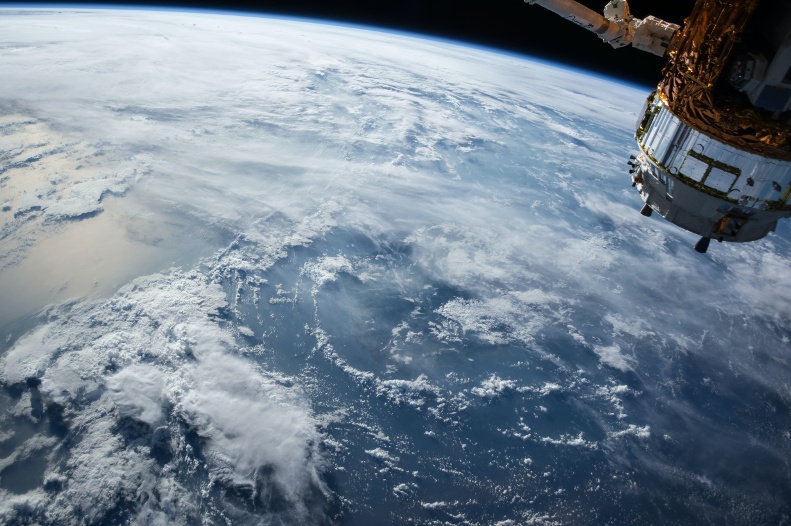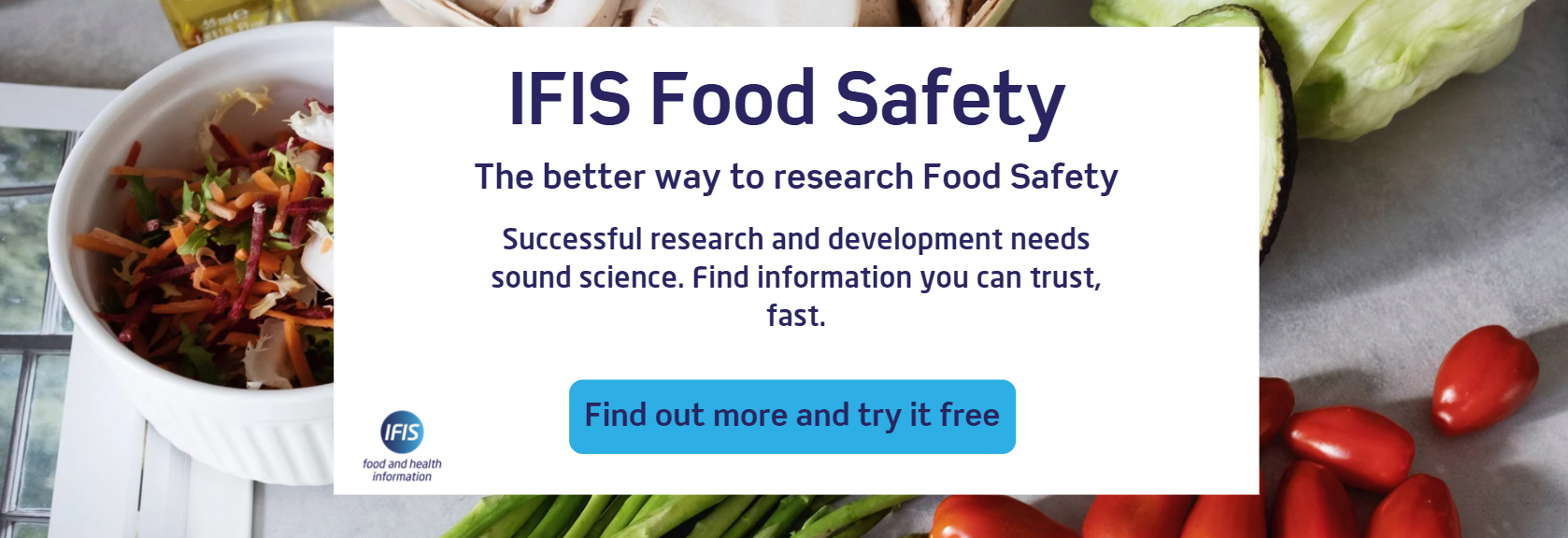NASA’s impact on food safety doesn’t just involve HACCP; the agency has also developed air purification methods to make food safer.
The 1995 space shuttle Columbia mission included an experiment to demonstrate how food could be grown in greenhouses by astronaut pioneers on the moon.
This experiment consisted of a small greenhouse fitted with a special device to reduce the amount of ethylene build-up. Comprising of carbon and hydrogen, this gas is produced naturally by plants and helps them ripen. In the sealed environment of a space greenhouse, ethylene gas can build up, making food plants ripen too quickly and begin to spoil. In order to increase the lifespan of crops grown in space, the ethylene has to be removed.
NASA invented a device called an ethylene scrubber, which circulates the greenhouse air through tubes coated in titanium dioxide and then exposes it to ultraviolet light. The resulting chemical reaction converts the ethylene gas to water and carbon dioxide -- both of which are good for plants.
Aboard the Columbia, the ethylene scrubber successfully preserved a batch of potato seedlings for the duration of the mission.
In 2001, two companies paired up to license this NASA technology for commercial food use under the name AiroCide.
Further NASA testing had shown that the scrubber not only removed excess ethylene to keep perishable food fresh longer, it also killed potentially dangerous airborne pathogens such as viruses, mold, bacteria and fungi. KesAir claims that AiroCide even removes bad odors.
Many grocery stores, food processing plants, food storage companies and restaurants have installed units to both prevent food from spoiling and reduce the spread of food borne illnesses.
Refrigerators containing the technology are also available for home use. Unlike traditional air filtration systems, AiroCide units don't use chemicals or create any dangerous by-products such as ozone.
Now America did not create the space program with the idea of gaining these collateral benefits, but through its proven record of developing new technologies, it is conceivable that in the next 50 years NASA will continue to inspire whole new industries, revolutionise existing ones, and create new possibilities for the future, benefiting people everywhere.


